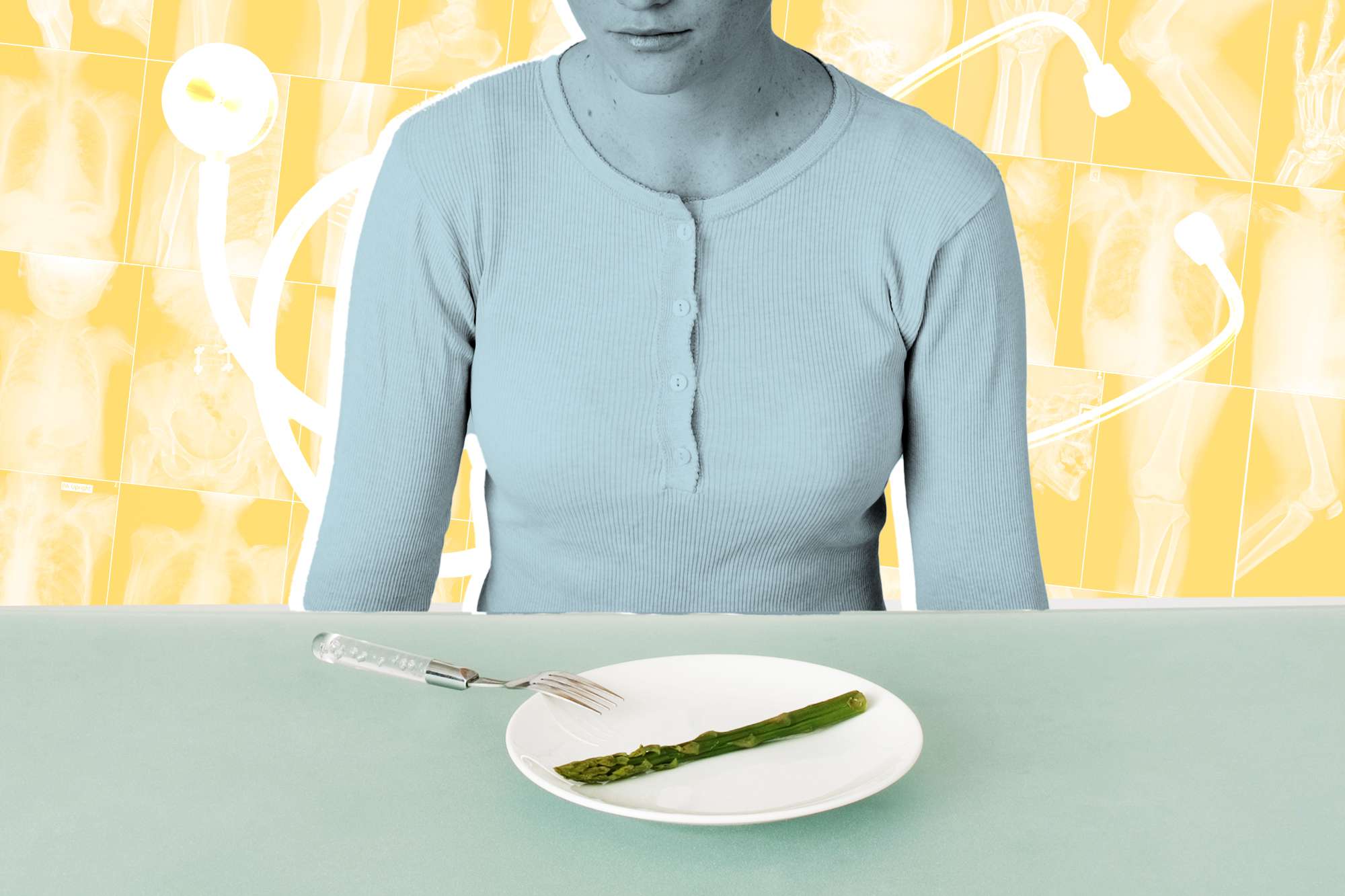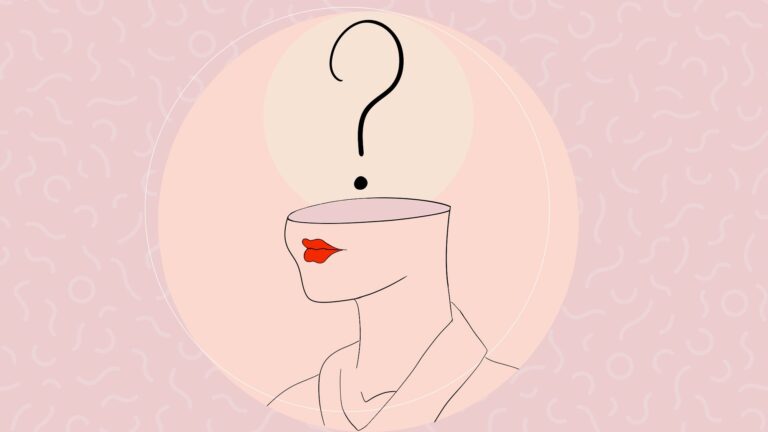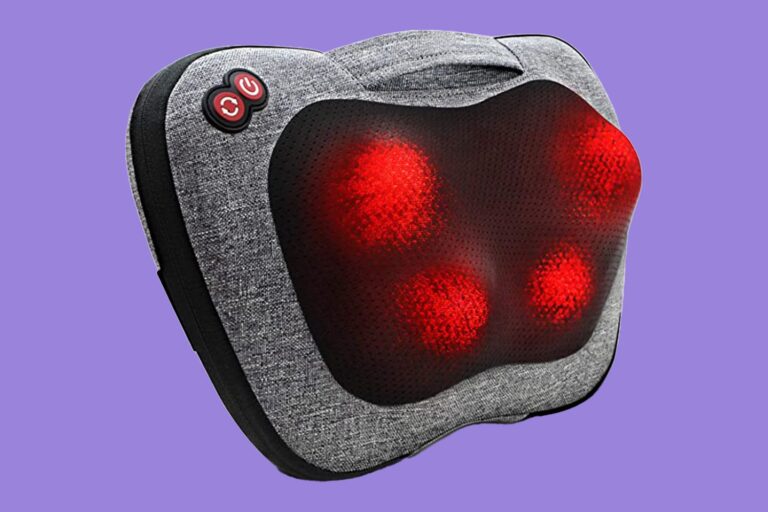POTS Symptoms After Eating
At 25, I struggled with the physical symptoms of a rare, disabling condition called postural orthostatic tachycardia syndrome (POTS).
Roughly one million people in the United States have POTS, which causes a rapid heartbeat, dizziness, fatigue, and pain that can interrupt daily living. In addition to health anxiety, people with POTS have a greater risk of disordered eating than others. In my case, I obsessed over maintaining an unhealthy body weight.
I used to celebrate my body with expressive nail polishes like “Not Red-y for Bed” and “Don’t Pretzel my Buttons.” I’d feel proud when I could lift my leg in arabesque one inch higher in ballet class. I could spend a late night out chasing vodka shots with gum, and my body would rally for a 9 a.m. exercise class the next morning. My stride down the sidewalk had a natural grace. I fueled myself with cheap buttered pasta and bananas.
That was my body as I knew it. I didn’t know this era would eventually become my “before.”
When I was 25, my life took a sharp left turn when I received a POTS diagnosis.
POTS is a type of dysautonomia, a dysfunction of the autonomic nervous system. Your automatic nervous system regulates involuntary processes, like heartbeat and breathing. While POTS symptoms can vary, extreme dizziness and racing heart rate put my life on pause.
I went from being an independent twenty-something to totally dependent on my parents. I had to quit my job, cope with abandoned friendships, and use my mother’s shoulder as a crutch to walk. While it was a safe place to land, my parent’s home in a historical suburban town was far from the urban life I’d built for myself.
I missed the one-and-a-half-bedroom apartment in New York I shared with two Craigslist roommates. I missed the dreams I had for my career as an actor. I missed my trust in my body and its ability to let me live independently.
Until then, I had meticulously crafted a life of friendships, third dates, career goals, and overall independence. With all that now melted away, I strived to have something reliable I could hold onto. It didn’t matter to me what that something was.
Living with a chronic illness minimized my body to a stack of numbers, one on top of the other. Tri-weekly appointments with a healthcare provider, exams, and labs measured my abnormalities. My once adaptable body was now calling the shots.
At every appointment, a healthcare provider weighed me. At the peak of my illness, they repetitively reported 109 pounds. Untreated POTS initially brought me to that weight since I was constantly nauseous with little appetite. Eating was a discomfort. As it turns out, gastrointestinal (GI) symptoms, like chronic nausea, vomiting, bloating, diarrhea, and severe constipation, are chief complaints among people with POTS.
The long-haul effort to treat my illness lagged on. Beta-blockers slowed my heart rate too much. Gabapentin, an anticonvulsive medication sometimes prescribed off-label for POTS, made me nauseous. However, through the struggle, the reliability of 109 pounds became a comfort for me.
When my life was spiraling out of control, anything familiar became my power, including 109 pounds. I knew what that number represented. I could see, feel, and put it into context.
Because POTS affects heart rate, I was seeing a cardiologist for testing and treatment. During one visit, he prescribed a steroid. As he moved toward his exit, I whispered to my mother, “Did he mention a side effect is gaining weight?”
My mother quickly translated my worry to him before he left the door. “She is concerned about gaining weight from the medication,” she told him.
The cardiologist looked puzzled. “Some people do, and some people don’t,” he replied. “This will help you start walking more easily, though.”
I wondered if it was even worth trying the medication if it meant gaining pounds. My ability to walk and maintain my sick weight was equally important because they represented survival.
I got lucky. I tried the medication and kept my weight at 109 pounds.
After a year of treatment, I regained strength. But I also unknowingly mapped the trauma associated with my illness into an obsession with 109 pounds. To protect myself from becoming so disabled in illness again, I did whatever I could to remain in the comfort of remaining that weight.
I moved back to New York as soon as I could walk around without feeling like passing out. Though I was back to a nannying day job, acting auditions, and general shenanigans, I physically struggled to keep up with the schedule.
Almost two years after my diagnosis, a healthcare provider asked me to create a food log following a round of shaky lab results. I’d worked with her for many years. She always had a poker-faced demeanor, so her request didn’t faze me. Confident in the dedication I’d put into 109 pounds, I felt I had nothing to hide. I promptly went to CVS and bought a fresh new agenda book to be an A-plus patient and record what I ate daily.
A typical day of eating included:
- A banana for breakfast.
- Two hard-boiled eggs for lunch.
- A handful of almonds.
- Two pieces of toast for dinner.
Proud of my thorough tracking and what I thought was a responsibly protein-rich vegetarian diet, I shared the food log with the healthcare provider. Every bit of food I ate that October was written out neatly. I used my smartest handwriting. I was fully exposed.
The room stilled as she flipped the pages of my food log in slow motion. Her face was expressionless, so I assumed she was impressed by the detail of my notations. We could cross off the concern about my eating habits being an issue.
She finally looked up and said, “You need to eat more.”
It felt like she told me the sky wasn’t blue. I would have been embarrassed if I had understood my off-center relationship to my weight, but I didn’t. I believed my food regime was responsible. I looked in the mirror and saw what I thought I should see. Still not understanding what she said, I promptly agreed to eat more. As long as I don’t abandon 109 pounds, it echoed in the back of my mind.
Floating out of the exam room with papers the healthcare provider said to drop off at the front desk, I saw a new term under “diagnosis”: Underweight.
Did she just add this, or had I not noticed it before? The confusion frustrated me.
In my car after the appointment, I wondered if I should blame myself for unknowingly creating another way I didn’t fit in the “healthy” box. I began to beat myself up. Maybe I’m what’s wrong with me. Maybe my poor health is my fault.
I returned to my parent’s house, where I stayed for the weekend. As the healthcare provider had alluded to, I had to prove that I wasn’t slipping down the slope of an eating disorder. So, I ate everything I could find. I devoured chips and salsa. I crushed a bowl of pasta. I pounded four hard-boiled eggs.
My mother watched me. “I don’t think she meant you have to eat everything in one sitting,” she suggested.
We laughed together because it was the only twinkle of comedy in the situation. It was painful to uncover a behavior born from the trauma of developing a chronic illness. Still, it gave me a chance to relearn it.
Five years later, with my POTS symptoms largely under control, the emotional residue of developing chronic illness hadn’t healed. The difference is that I was aware of my unhealthy thoughts about my weight. I was quick to accuse myself of being vain or idiotic in idealizing my sick weight, but I knew it was more than that.
When I go to an appointment and step on the scale, I face away from where the numbers are displayed. I ask the healthcare provider not to tell me my weight. If I don’t know my weight, I won’t get caught up in the numbers.
But I know I’m not 109 pounds anymore. Sometimes, I still think, You’re fat. Sometimes I still think, Don’t eat that, or Skip this meal. Sometimes, I still think I’d feel safe at 109 pounds.
Just like my POTS symptoms, my thoughts about eating come in flares. I push through the ugly thoughts and eat the food in front of me 98% of the time.
I seek security in other ways, like from the love and support of relationships that weathered the storm of my health and newer relationships I’ve since cultivated.
Chronic illness and its trauma are unpredictable. I may never experience life after chronic illness and its emotional wounds. Still, I have learned to move forward with them. They are a part of my dance.
POTS is a condition causing debilitating symptoms, such as quick heart rate, dizziness, fatigue, and anxiety, among others. Also, evidence suggests that POTS links to disordered eating.
If you have POTS, make sure to check in with a healthcare provider to make sure that you’re maintaining a healthy body weight and getting all of your necessary nutrients.






